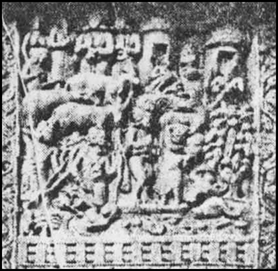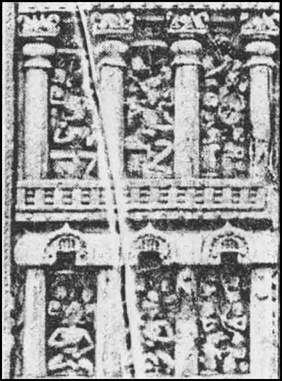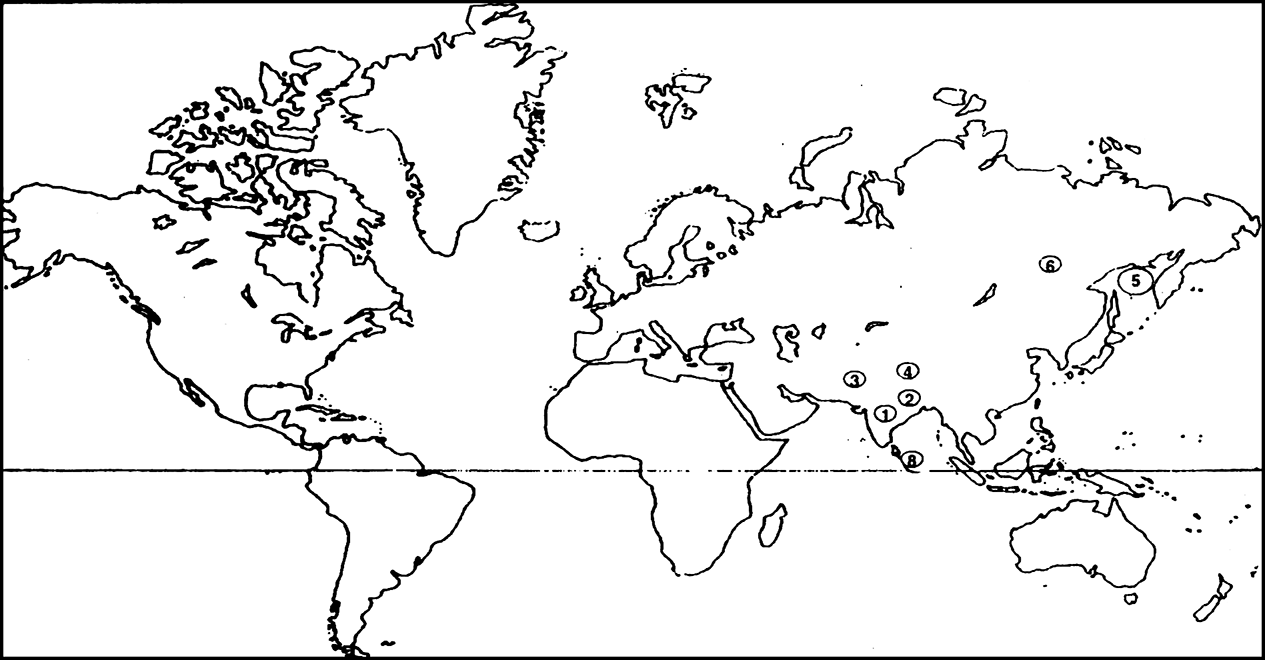To what extent does knowledge of Buddhist literature help in understanding the sculpture at Sanchi?
1. many artist did not make buddha in human form but made symbols that symbolised an act of buddha, for example empty seat meant meditationof buddha, stupa was suppose to mean parinibbana. Thus if we do not understand the symbolic meaning we are not able to understand the sculptures at Sanchi.
2. many sculptures depicted at sanchi were not related to buddhism but rather it was from the popular traditions, for example the sculpture of Shalabhanjika, or of woman being consecrated by elephants, many believed it to be Maya, mother of buddha other looked as Gajalakshmi. It looks like people took both the meanings.
Thus, unless and untill we know about the popular traditions and one who made it, just using buddhist scriptures it is hard to understand the sculptures at sanchi.








